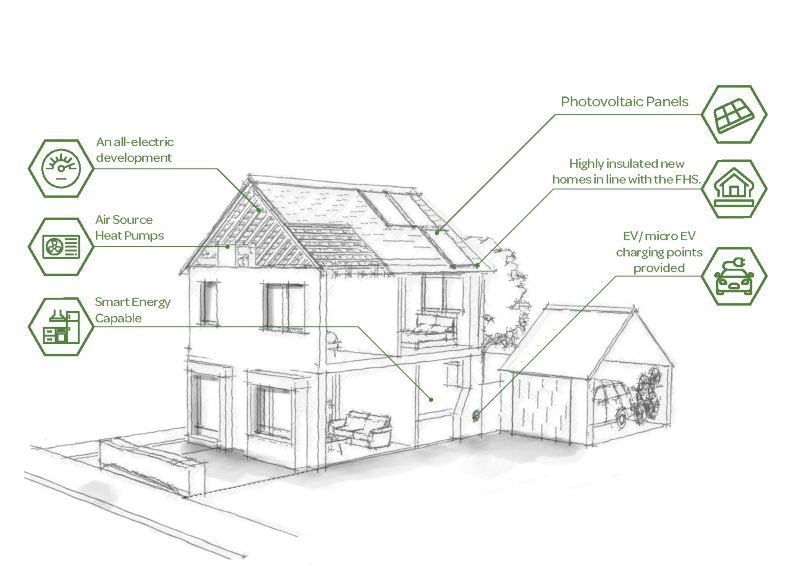News
30 April 2019
UK Green Building Council presents industry framework for net zero carbon buildings
The UK Green Building Council (UKGBC) has today unveiled a framework for the UK construction and property industry to transition new ...
What are you looking for?
A common definition has been that the CO2 emissions emitted during operation are balanced by those saved or captured. But, of course, there are other elements to consider. Embodied carbon has become higher profile as it has become clear that in many cases this will outweigh all the emissions from the operation. Transport emissions are not normally included in the definition, but they can be as much as the buildings themselves and are increasingly important.
If all these elements are considered, then it changes the priorities for the following.
Most major masterplans can be built over 20 years and this has enabled the concept to be considered over the longer term. Sometimes, it is unrealistic to deliver a “net zero” development from day one. For example, where it is difficult to generate large amounts of energy on-site, petrol and diesel cars will continue to be used for some time and even our electrical grid has a way to go to be zero carbon. Despite this, the principles of being net zero or net zero ready remain the same.
We would emphasise the importance of location and transport planning. The irony is that it is often easiest to build “net zero” developments in locations that are poorly served by transport. This is because there is often more space for solar power and planting. Poorly located sites or those with poor transport plans will lock-in CO2 emissions. Ensuring a new community is developed in a place with external transport links is crucial. Having car clubs, shared mobility and services and amenities onsite or a short walk or cycle away will help drive carbon emissions down, improve health and wellbeing and increase productivity.
Considering the buildings themselves, the full Future Homes Standard (FHS) is due to be consulted upon, but the Government has already indicated the insulation values that are a good starting point. One of the biggest changes of the FHS is that fossil fuels will be banned and will effectively mandate heat pumps which use electricity.
This leads on to another major principle; being all-electric. Although private vehicles will continue to use petrol and diesel, ensuring the buildings are all-electric and have the capability to charge all vehicles (which increasingly will mean bikes and scooters as well) will make the site at least ready to be net zero as the grid decarbonises entirely, which is expected in the early 2030s.
Generating electricity on-site, normally with solar power, and increasing biomass onsite will help reduce remaining emissions. The scale of this opportunity is normally determined by the site and type of development.
This all-electric future combining solar power, heat pumps, electric vehicle charging and energy storage brings a final element – what we call a 360 energy perspective. This is smart energy management approach which considers how all these systems interact in real time to reduce utility infrastructure costs, CO2 emissions and energy bills.

Our Sustainability experts are at the cutting edge of the technologies, design requirements and definitions of net zero. By combining this with our planning policy and development expertise we ensure our advice is based on the latest information and is good for the lifetime of the project.
To find out more about net zero in new communities please contact Jessica Cronin or Barny Evans.
24 August 2022
30 April 2019
The UK Green Building Council (UKGBC) has today unveiled a framework for the UK construction and property industry to transition new ...